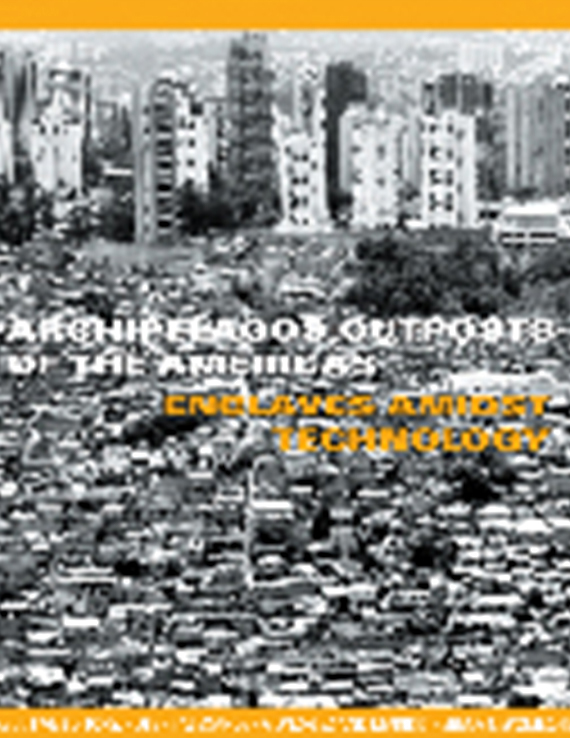Author(s): Adnan Morshed
The romantic concept of the architect as hero, one who shows messianic ambition to redeem a seemingly fallen world as well as to effect desired social behaviors through building design, has been deeply embedded in the traditional teaching of modern architecture. This portrayal of the architect as hero was immortalized, for instance, in Ayn Rand’s The Fountainhead (1943), and generations of modernist architects—among them, Le Corbusier, Walter Gropius, Ludwig Hilberseimer, Erich Mendelsohn, and Ludwig Mies van der Rohe—hoisted the Nietzschean torch and sought to project themselves as Übermenschen. History survey courses on modern architecture have often been, in one way or another, the narratives of architect-heroes and their spectacular edifices. Despite such studies as Martin Briggs’ The Architect in History (1927), Spiro Kostof’s The Architect (1977), and Andrew Saint’s The Image of the Architect (1983), historians of architecture have generally overlooked the concept of hero in design, in favor of a focus on the architectural product itself. Since the 1960s, historians and theorists, such as Jane Jacobs and Bernard Rudofsky, have made significant arguments to dethrone the architect from godlike heights by proposing the alternative notions of community design and nonpedigreed architecture. Drawing upon the Italian semiotician Umberto Eco’s studies of heroic mythos, this paper demonstrates that the pedagogical process through which the architect is valorized is fundamentally ahistorical, asocial, and apolitical, and leaves an indelible impression that often shapes the future practitioner’s self-perception as well as architectural viewpoint. The architect-hero is often made out to inhabit an epistemological vacuum where he does not err, change, or develop, thereby giving rise to an archetypal persona and, eventually, perpetuating conditions that favor cult-following. Such deifications of the architect erode the student’s ability to see culture, politics, economy, and environment as legitimate sources of both architecture and its heroic figures. By indoctrinating hero-worship, current architectural curricula spawn, if not purposefully, producers of a globalizing and image-ridden aesthetics. To counter this pedagogical failure, what is needed is a self-conscious architectural education that incorporates a deep sense of history and society.
Volume Editors
Marilys R. Nepomechie & Robert Gonzalez
ISBN
0-935502-54-8

 Study Architecture
Study Architecture  ProPEL
ProPEL 
